Breadcrumb
Towards mature temporal accuracy assessment of processors models and simulators for real-time systems development
Modeling and simulation are becoming extensively used in embedded and Real-Time Systems (RTSs) development throughout the development life-cycle, from the system-level design space exploration to the fine grained time analysis and evaluation of the system and even its components performance. At the core of these systems lies the processor which has been also the center of attention for most of the modeling and simulation efforts related to RTS simulation. Although the temporal accuracy of such models and simulators is of critical importance for Real-Time (RT) applications, it is not yet mature
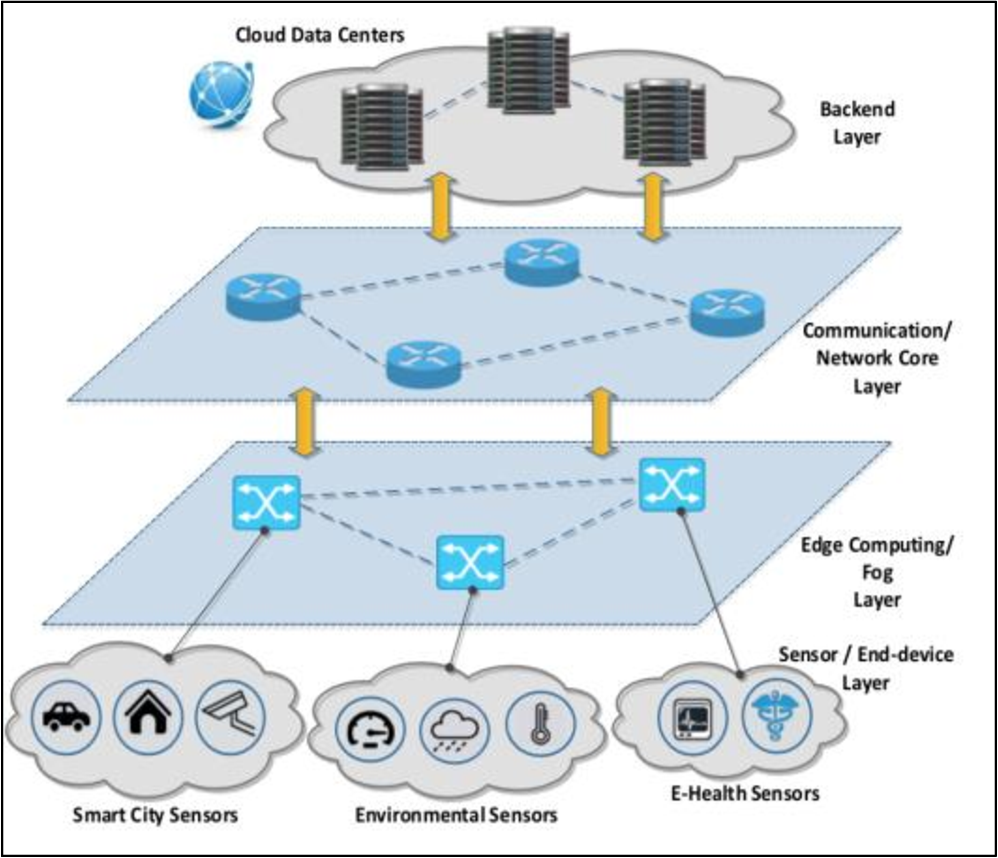
IoT Modes of Operations with Different Security Key Management Techniques: A Survey
The internet of things (IoT) has provided a promising opportunity to build powerful systems and applications. Security is the main concern in IoT applications due to the privacy of exchanged data using limited resources of IoT devices (sensors/actuators). In this paper, we present a classification of IoT modes of operation based on the distribution of IoT devices, connectivity to the internet, and the typical field of application. It has been found that the majority of IoT services can be classified into one of four IoT modes: Gateway, device to device, collaborative, and centralized. The
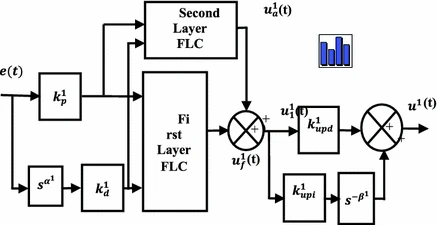
Control of a two link planar electrically-driven rigid robotic manipulator using fractional order SOFC
An intelligent adaptive fuzzy logic control technique, Fractional Order Self Organizing Fuzzy Controller (FOSOFC) is presented and applied to control a two link planar electrically-driven rigid robotic (EDRR) manipulator system. As EDRR is a multi-input multi-output complex nonlinear system, an intelligent adaptive controller, FOSOFC is considered to control it perfectly. To show the efficacy of the FOSOFC controller, the obtained performance is compared with fractional order fuzzy proportional integral and derivative (FOFPID) controller for study in servo as well as the regulatory problems

Control of new type of fractional chaos synchronization
Based on stability theory of linear fractional order systems and stability theory of linear integer order systems, the problem of coexistence of various types of synchronization between different dimensional fractional chaotic systems is investigated in this paper. Numerical and simulation results have clearly shown the effectiveness of the novel approach developed herein. © 2018, Springer International Publishing AG.
Real-Time Dorsal Hand Recognition Based on Smartphone
The integration of biometric recognition with smartphones is necessary to increase security, especially in financial transactions such as online payments. Vein recognition of the dorsal hand is superior to other methods such as palm, finger, and wrist, as it has a wide area to be captured and does not have any wrinkles. Most current systems that depend on dorsal hand vein recognition do not work in real-time and have poor results. In this paper, a dorsal hand recognition system working in real-time is proposed to achieve good results with a high frame rate. A contactless device consists of a
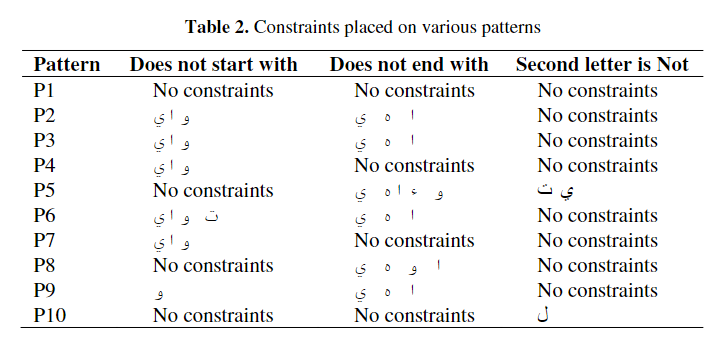
A corpus based approach for the automatic creation of Arabic broken plural dictionaries
Research has shown that Arabic broken plurals constitute approximately 10% of the content of Arabic texts. Detecting Arabic broken plurals and mapping them to their singular forms is a task that can greatly affect the performance of information retrieval, annotation or tagging tasks, and many other text mining applications. It has been reported that the most effective way of detecting broken plurals is through the use of dictionaries. However, if the target domain is a specialized one, or one for which there are no such dictionaries, building those manually becomes a tiresome, not to mention
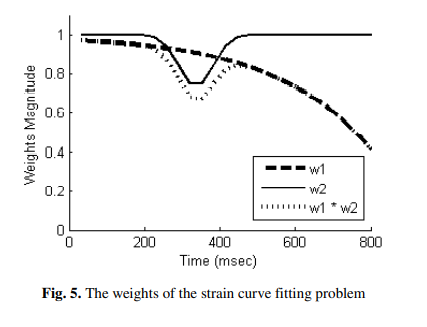
Correction of left ventricle strain signals estimated from tagged MR images
Strain measurement is a quantity used for assessing the regional function of the left ventricular (LV) of the heart. They are computed by tracking the motion of the non-invasive, virtual tags in the cardiac muscle with time. Tracking these tags gives information for each region of the cardiac muscle by quantifying its deformation during contraction (systolic period) and relaxation (diastolic period). However, these strain measurements suffer from inaccuracies caused by the degradation of the tags and the image quality. In this work, numerical simulations are used to investigate the factors
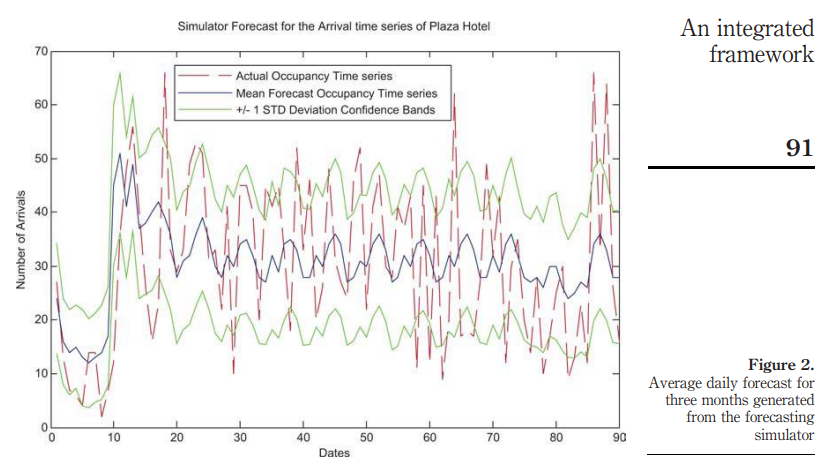
An integrated framework for advanced hotel revenue management
Purpose: This paper aims to present an integrated framework for hotel revenue room maximization. The revenue management (RM) model presented in this work treats the shortcomings in existing systems. In particular, it extends existing optimization techniques for hotel revenue management to address group reservations and uses "forecasted demand" arrivals generated from the real data. Design/methodology/approach: The proposed forecasting module attempts to model the hotel reservation process from first principles. In particular, it models hotel arrivals as an interrelated process of stochastic
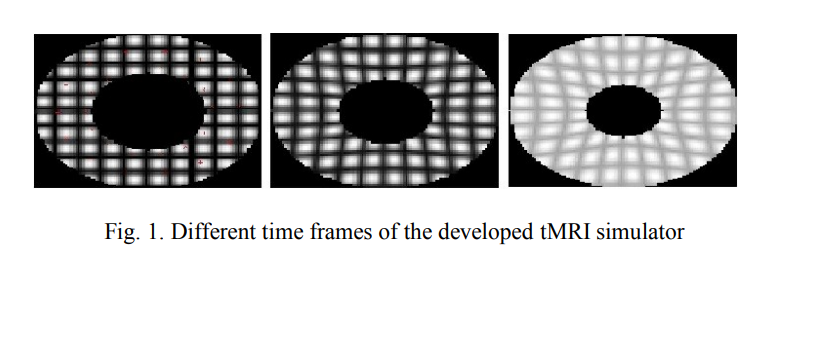
Accurate analysis of cardiac tagged MRI using combined HARP and optical flow tracking
In this work, we present a new method for analyzing cardiac tagged Magnetic Resonance Imaging (tMRI). The method combines two major tracking techniques: Harmonic Phase (HARP) and Optical Flow (OF). The results of the two techniques are fused together to accurately estimate the displacement of each myocardium point. The developed methods were tested using numerical MRI phantom at different SNR levels and deformation rates. The results show that the proposed method is more accurate and reliable than the HARP and the OF methods. © 2012 IEEE.
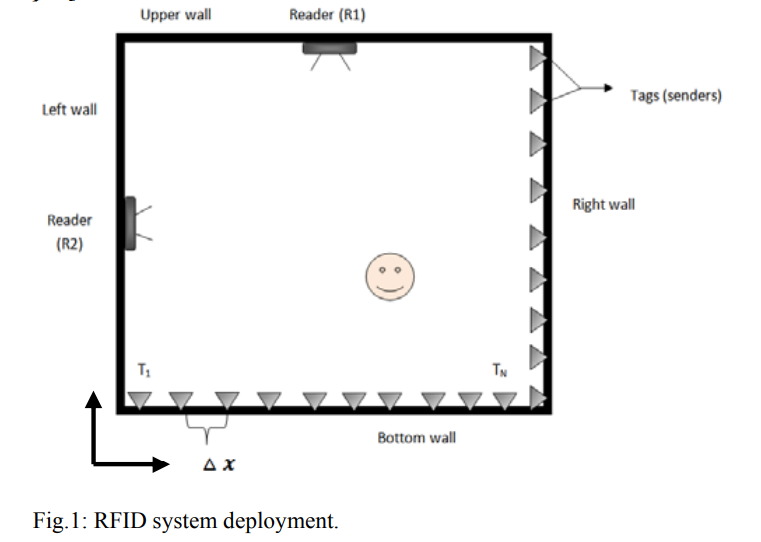
RFID-based indoors localization of tag-less objects
Object localization has become a necessary module in many radiofrequency identification (RFID) systems that require tracking features besides the conventional identification feature. A number of techniques exists in literature that uses the RFID signal information to locate the tagged objects, i.e. objects wearing RFID tags. Nevertheless, in many applications, it is required to track objects that do not carry a tag (whether intentionally or unintentionally). In this work, we propose a technique for tag-less object localization. The technique is based on reconstructing the attenuation map of
Pagination
- Previous page ‹‹
- Page 16
- Next page ››
